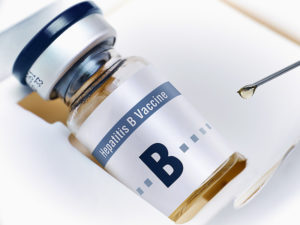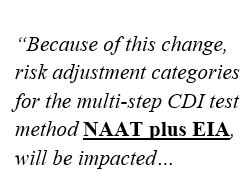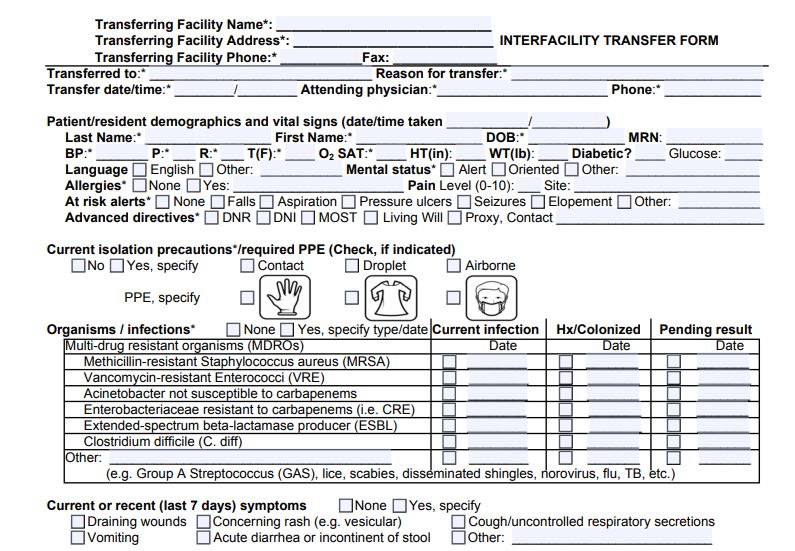Rutala, WA, et al. (2019) Infection Control & Hospital Epidemiology 40(3): 380-382.
Candida auris is an emerging fungal pathogen that is often resistant to major classes of antifungal drugs. It is considered a serious global health threat because it can cause severe infections with frequent mortality in more than a dozen countries. It can survive on healthcare environmental surfaces for at least 7 days and can cause outbreaks in healthcare facilities. In this study, we investigated 12 different disinfectants (ie, 8 low- and intermediate-level disinfectants in 2 dilutions of sodium hypochlorite and 5 high-level disinfectants/chemical sterilants) and 9 antiseptics commonly used in healthcare facilities for their antimicrobial activity against C. auris and C. albicans.






